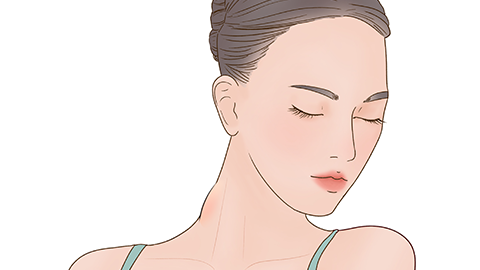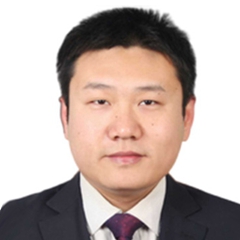What causes neck stiffness after pull-ups, similar to a stiff neck?
Generally, neck stiffness resembling a "sleeping wrong" after pull-ups is often related to improper movement posture, neck muscle strain, compensatory muscle use in the neck, inadequate warm-up, or pre-existing cervical spine issues. Relief can be achieved through rest, local care, and targeted interventions. If pain persists beyond 3 days or is accompanied by arm numbness, it is recommended to seek timely medical evaluation at a正规 hospital. Detailed analysis is as follows:

1. Improper Movement Posture
If the head is excessively tilted backward, forward, or to one side during pull-ups, the neck muscles may be placed in an abnormally stretched state. Uneven force distribution during exercise can easily lead to muscle spasms, resulting in pain and restricted movement similar to a stiff neck. Immediately stop intense activity and maintain a neutral, natural position of the neck to avoid further twisting that could worsen the injury. When resting, use a pillow of appropriate height to support the natural curvature of the cervical spine.
2. Neck Muscle Strain
Pull-ups require coordinated effort from the upper limbs and core. If the neck muscles suddenly contract or become overly tense, minor tearing of muscle fibers may occur, leading to pain and stiffness. During the acute phase, apply cold compresses to the painful area of the neck for 15–20 minutes, 3–4 times daily, to reduce swelling. After 48 hours, switch to heat therapy to improve blood circulation and relieve muscle tension.
3. Compensatory Use of Neck Muscles
If upper body strength is insufficient, individuals may unconsciously rely on neck muscles to compensate during pull-ups, causing excessive load and fatigue-induced spasms. Gentle massage of the neck muscles can help relieve stiffness—use fingertips to slowly knead the painful areas for 5–10 minutes, 2–3 times per day. Light neck movements such as slow side-to-side turning, nodding, and tilting the head backward may also help, but avoid large-amplitude motions.
4. Inadequate Warm-Up
Failing to adequately warm up the neck and upper back muscles before exercise leaves them stiff and vulnerable. Suddenly performing high-intensity exercises like pull-ups increases the risk of acute neck strain. Before future workouts, include specific neck warm-up activities such as slow neck rotations and shoulder-neck stretches, holding each stretch for 10–15 seconds, to fully activate the muscles prior to exertion.
5. Exacerbation of Pre-Existing Cervical Conditions
Individuals with underlying mild cervical spondylosis or chronic cervical strain may experience symptom flare-ups due to increased stress on the neck during pull-ups, manifesting as stiff neck-like discomfort. When pain is significant, medications may be used under medical guidance, such as topical applications of diclofenac diethylamine gel or flurbiprofen gel patches, or oral ibuprofen sustained-release capsules to alleviate pain. If symptoms such as dizziness or arm numbness occur, prompt cervical spine X-ray or CT imaging should be performed to evaluate the condition of the cervical vertebrae.
In daily life, it's important to correct poor sitting and standing postures and avoid prolonged head-down positions. During exercise, emphasize proper technique and avoid relying on the neck muscles for compensation. When neck discomfort occurs, avoid forceful self-massage or aggressive neck manipulation. During recovery, minimize neck loading and limit prolonged use of electronic devices to promote healing.










